
모든 렌즈에는 직경이 50mm인 마운팅 플랜지가 있습니다. 해당 제품을 사용하면 작동 거리를 변경해야 하는 번거로움 없이 다양한 피사체를 검사할 수 있습니다. 또한, 동초점 줌을 활용하면 초점을 다시 맞추지 않고도 배율을 쉽게 변경할 수 있습니다. 합리적인 가격의 렌즈로 작동 거리 범위는 35 - 175mm이고 최대 2/3" 센서 포맷이 제공됩니다. Iris 버전 제품군(I-Series)에는 고정 조리개, 전면 필터 스레드, 탈착식 마운팅 플랜지, 줌 락(옵션 항목)이 있습니다. 모든 렌즈에는 직경이 50mm인 탈착식(Iris 버전 제품군 중 450i Right Angle 버전은 해당 사항 없음) 마운팅 플랜지가 있습니다. 해당 제품은 집적 회로 및 납땜 접합부 검사에 적합합니다. 또한, 품질 관리, 실험실 점검, 표면 분석에도 활용할 수 있습니다.
| 제목 | 제품 비교하기 | 재고 번호 | 가격(부가세 별도) | 구입하기 | |
|---|---|---|---|---|---|
| VZM™ 100i Zoom Imaging Lens | #59-805 | KRW 1,653,000 견적 요청 |
|
||
| VZM™ 200i Zoom Imaging Lens | #54-715 | KRW 1,761,800 견적 요청 |
|
||
| VZM™ 300 Zoom Imaging Lens | #39-708 | KRW 1,761,800 견적 요청 |
|
||
| VZM™ 300i Zoom Imaging Lens | #52-571 | KRW 1,725,500 견적 요청 |
|
||
| VZM™ 450 Zoom Imaging Lens |
#52-347
재고정리
|
KRW 1,123,800 견적 요청 |
|
||
| VZM™ 600i Zoom Imaging Lens | #88-399 | KRW 1,674,800 견적 요청 |
|
||
| VZM™ 1000 Zoom Imaging Lens | #54-396 | KRW 1,725,500 견적 요청 |
|
||
| VZM™ 1000i Zoom Imaging Lens | #55-834 | KRW 1,725,500 견적 요청 |
|
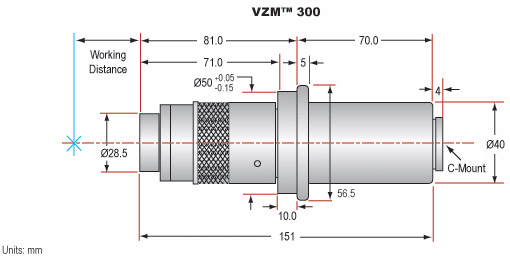
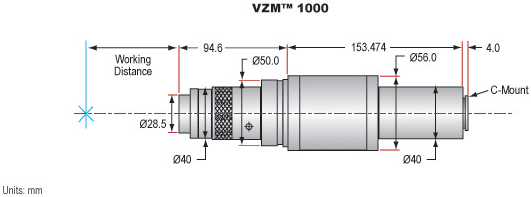
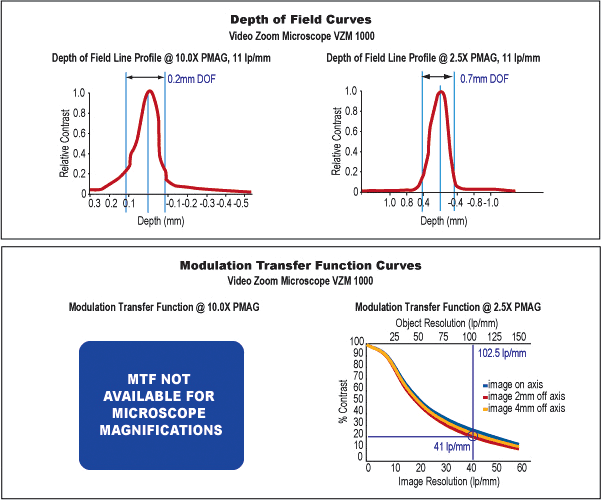
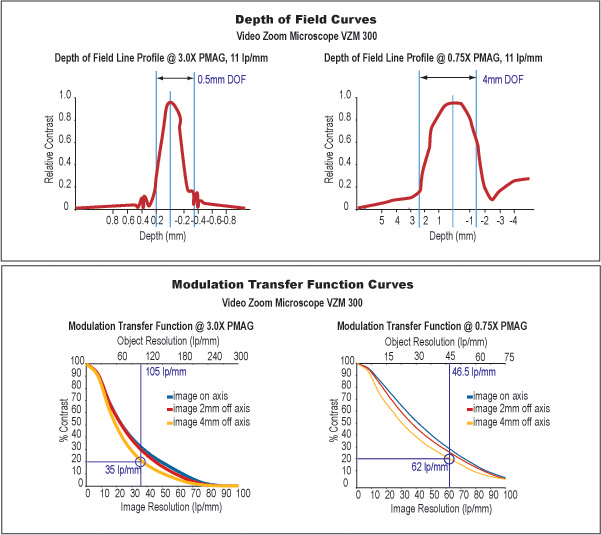
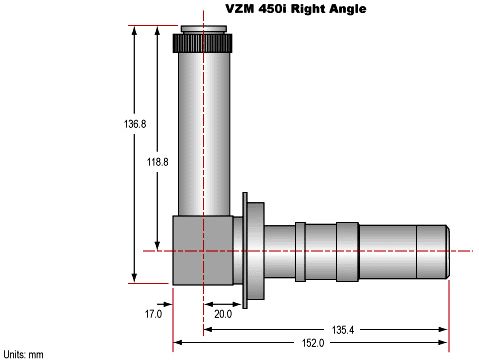
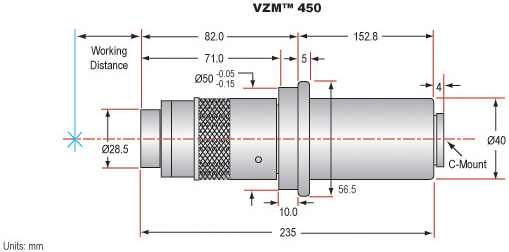
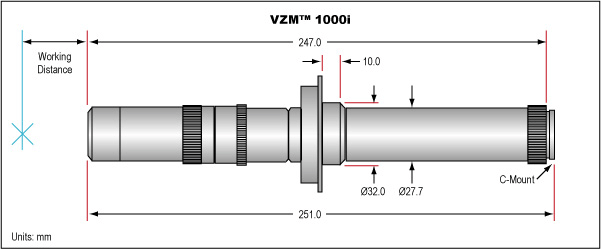
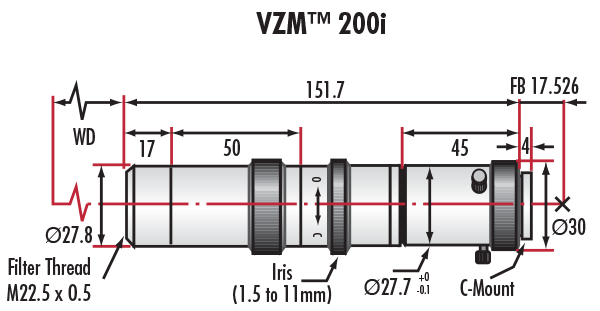
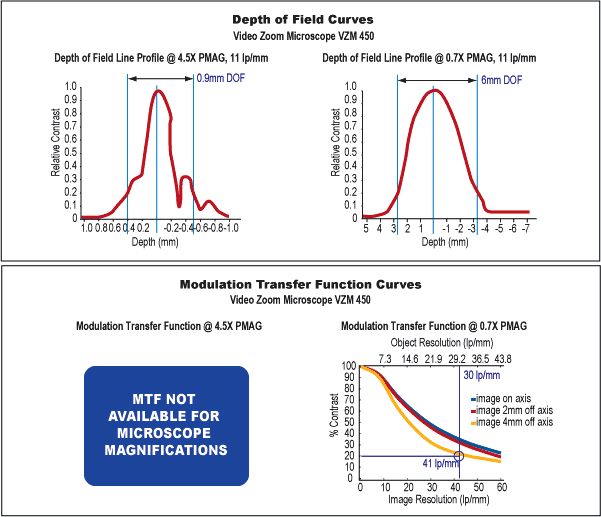
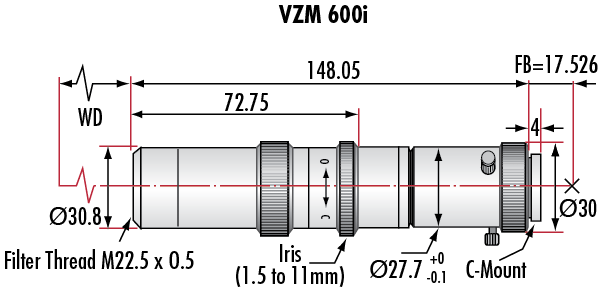
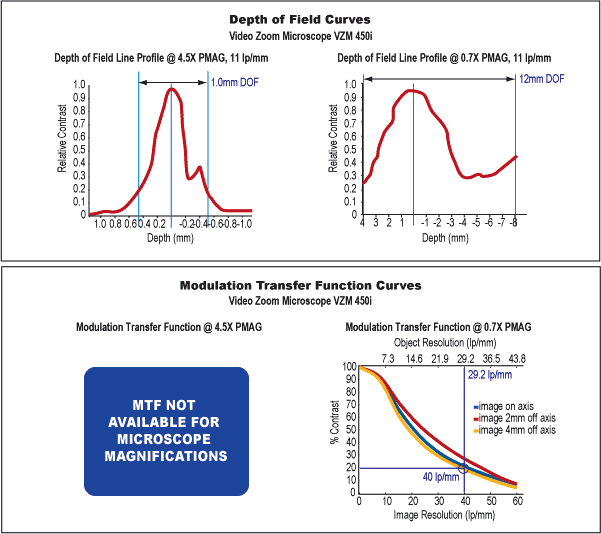
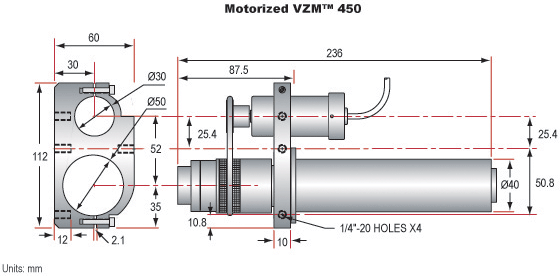
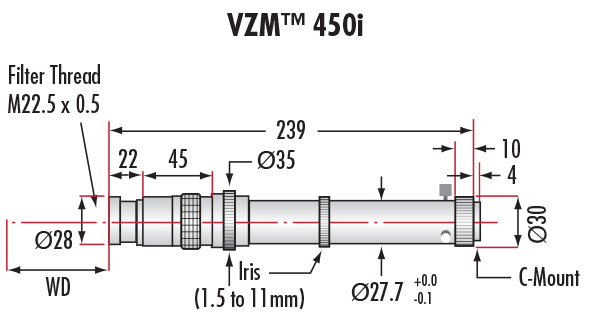
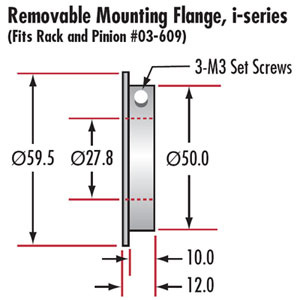
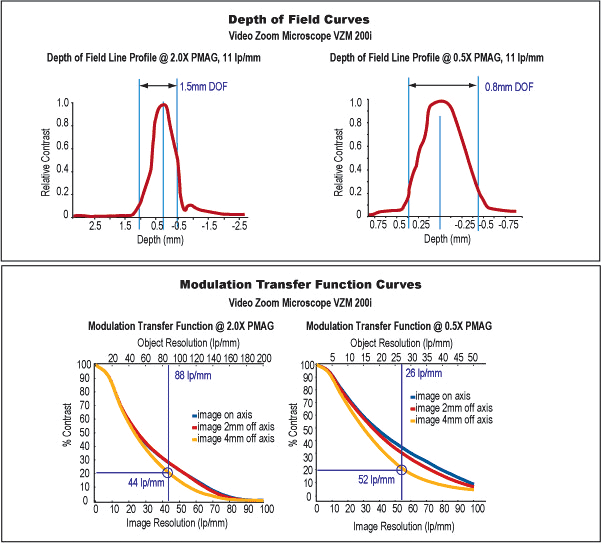
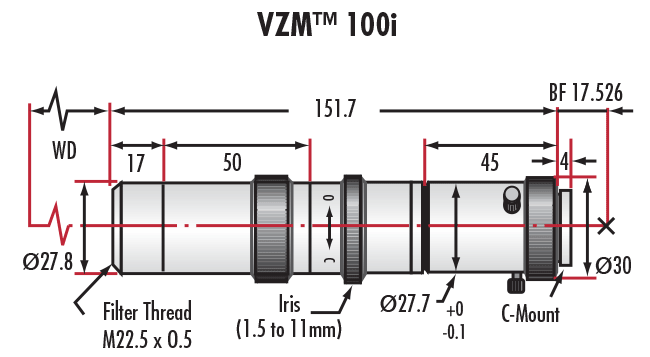
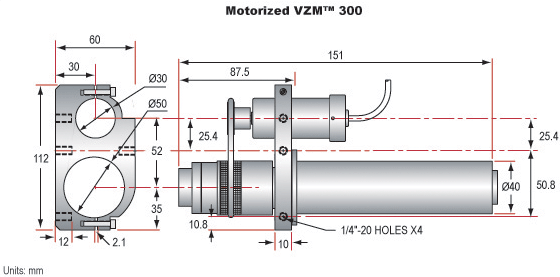
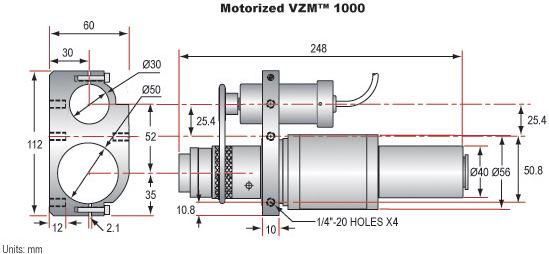
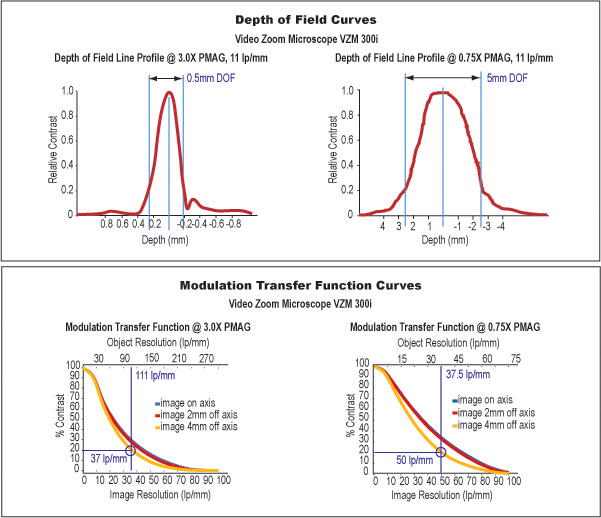
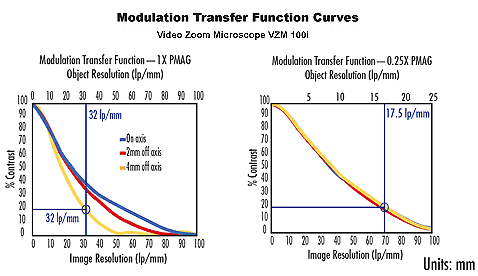
| VZM Model |
100i
|
200i
|
300
|
300i
|
450
|
450i
|
600i
|
1000
|
1000i
|
| Zoom Ratio |
4:1
|
4:1
|
4:1
|
4:1
|
6.4:1
|
6:1
|
6:1
|
4:1
|
4:1
|
| Magnification |
0.25 - 1X
|
0.5 - 2X
|
0.75 - 3X
|
0.75 - 3X
|
0.7 - 4.5X
|
0.75 - 4.5X
|
1 - 6X
|
2.5 - 10X
|
2.5 - 10X
|
| Manual Iris |
|
|
|
|
|
|
|||
| Rotatable Mount |
|
|
|
|
|
|
|||
| Zoom Lock Adapter |
|
|
|
|
|
|
|||
| Motorized Version |
|
|
|
||||||
| Right Angle Version |
|
||||||||
| Additional VZM 200i Lens Specifications | ||
| Primary Magnification |
With 0.5X Lens
|
|
| Minimum 0.25X | Maximum 1.0X | |
| FOV (½" Horizontal Sensor) | 24.0mm | 6.0mm |
| Resolution in Object Space | 10 lp/mm | 40 lp/mm |
| Resolution in Image Space | 40 lp/mm | 40 lp/mm |
| Working Distance (±3mm) | 152mm | 152mm |
| Additional VZM 450 Lens Specifications | ||
| Primary Magnification |
With 0.5X Lens
|
|
| Minimum 0.35X | Maximum 2.25X | |
| FOV (½" Horizontal Sensor) | 17.6mm | 2.8mm |
| Resolution in Object Space | 12 lp/mm | 80 lp/mm |
| Resolution in Image Space | 34 lp/mm | 35.5 lp/mm |
| Working Distance (±3mm) | 147mm | 147mm |
| Additional VZM 450i Lens Specifications | ||||
| Primary Magnification |
With 0.5X Lens
|
With 0.25X Lens
|
||
| Minimum 0.35X | Maximum 2.25X | Minimum 0.175X | Maximum 1.125X | |
| FOV (½" Horizontal Sensor) | 17.6mm | 2.8mm | 35.2mm | 5.6mm |
| Resolution in Object Space | 12 lp/mm | 80 lp/mm | 6 lp/mm | 40 lp/mm |
| Resolution in Image Space | 34 lp/mm | 35.5 lp/mm | 34 lp/mm | 35.5 lp/mm |
| Working Distance (±3mm) | 147mm | 147mm | 275mm | 275mm |
| 제목 | 제품 비교하기 | 재고 번호 | 가격(부가세 별도) | 구입하기 | |
|---|---|---|---|---|---|
| VZM 200i 0.5X Extender Lens | #54-716 | KRW 201,600 견적 요청 |
|
||
| VZM 200i 0.75X Extender Lens |
#63-100
재고정리
|
KRW 295,800 견적 요청 |
|
||
| VZM 450 0.5X Extender Lens | #55-386 | KRW 163,900 견적 요청 |
|
||
| VZM 450i 0.25X Extender Lens | #54-669 | KRW 261,000 견적 요청 |
|
||
| VZM 450i 0.5X Extender Lens | #54-670 | KRW 163,900 견적 요청 |
|
||
| VZM i-Series Extra Dovetail C-Mount | #56-294 | KRW 97,200 견적 요청 |
|
||
| VZM i-Series Zoom Lock Adapter | #57-831 | KRW 134,100 견적 요청 |
|
||
| VZM Ring Light Adapter | #59-854 | KRW 104,400 견적 요청 |
|
1-800-363-1992
본사 및 지사별 연락처 확인하기
견적 요청 도구
재고 번호 입력 필요
Copyright 2025, 에드몬드옵틱스코리아 사업자 등록번호: 110-81-74657 | 대표이사: 앙텍하우 | 통신판매업 신고번호: 제 2022-서울마포-0965호, 서울특별시 마포구 월드컵북로 21, 7층 (서교동, 풍성빌딩)